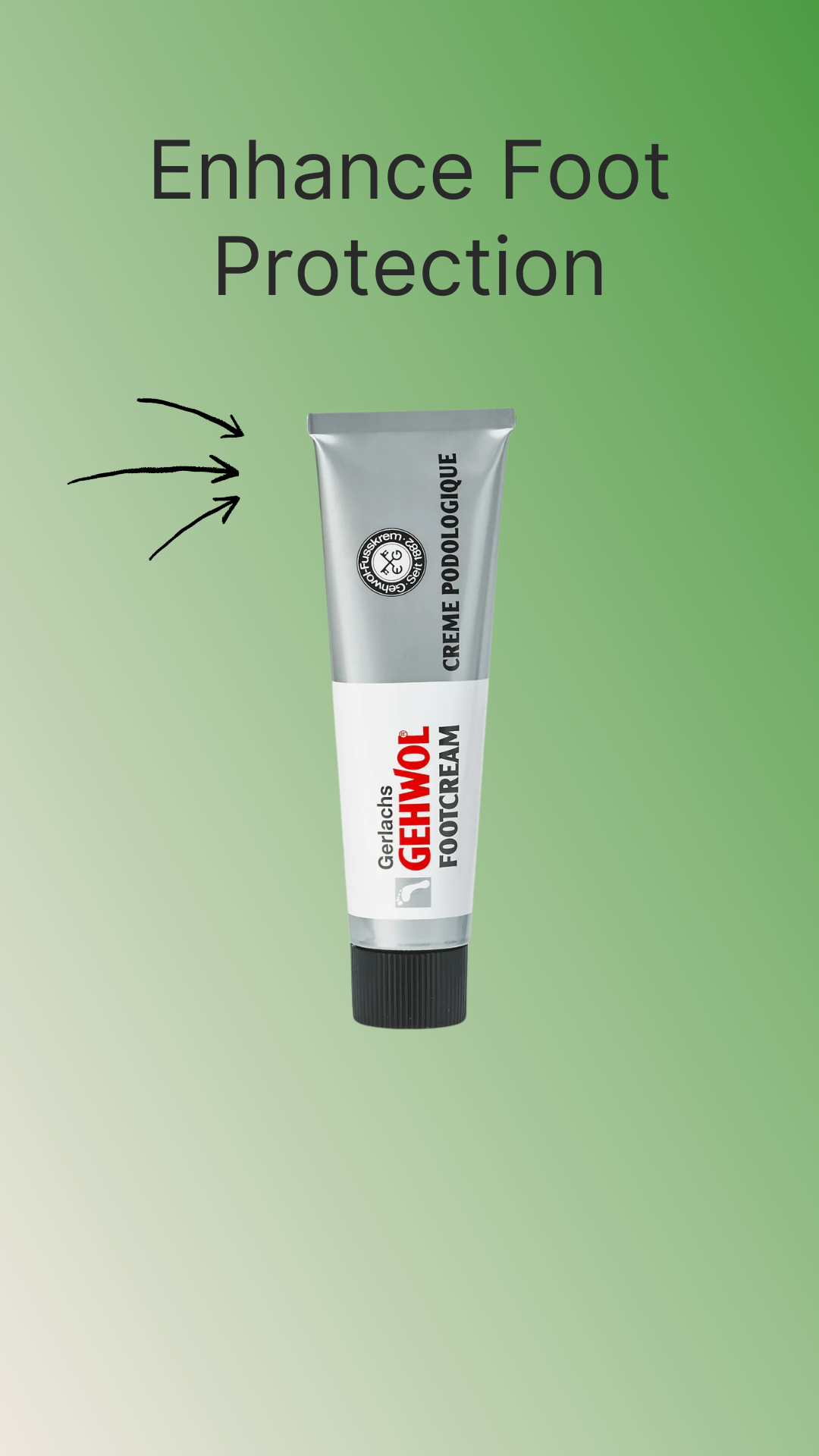Introduction
Leather orthopedic shoes are an investment in both comfort and health. But UK weather isn’t always kind — rain, damp pavements, and cold winters can take a toll on your footwear. For those with diabetes or foot sensitivities, caring for leather shoes is about more than style. It’s about maintaining breathability and safety while keeping moisture out.
This guide explains how to waterproof and condition orthopedic leather shoes without clogging pores, damaging seams, or compromising their medical-grade benefits.
Key Takeaways
-
Leather must stay breathable for diabetic foot health.
-
Choose waterproofing products that don’t block airflow.
-
Conditioning prevents cracks and prolongs shoe life.
-
TDO Therapy shoes combine natural calf leather with breathable linings for extra protection.
Why Care Matters for Diabetic & Orthopedic Shoes
-
Diabetic feet are more prone to ulcers and infections. Non-breathable coatings can increase risk.
-
Leather that cracks or stiffens may rub and cause blisters.
-
Wet shoes encourage bacterial growth and odour.
Proper care keeps your shoes safe, hygienic, and long-lasting.

Step-by-Step: Waterproofing Leather Orthopedic Shoes
Step 1: Clean the Shoes
-
Remove dirt with a soft brush or damp cloth.
-
Never soak diabetic shoes in water.
Step 2: Choose the Right Waterproofing Product
-
Use wax-based creams or sprays labelled breathable.
-
Avoid silicone-heavy sprays that block pores.
Step 3: Apply Evenly
-
Rub cream into leather with a soft cloth.
-
Spray from 20cm away if using a mist product.
Step 4: Dry Naturally
-
Leave shoes at room temperature, away from radiators or direct heat.
Conditioning Leather for Longevity
Conditioning keeps leather supple and prevents cracks that can irritate sensitive feet.
-
Use a natural conditioner (like beeswax or lanolin-based).
-
Apply sparingly, focusing on flex points.
-
Condition every 6–8 weeks in damp UK weather.
Everyday Tips for Leather Care
-
Alternate between 2 pairs of shoes to allow drying time.
-
Use shoe trees to maintain shape and absorb moisture.
-
Store shoes in breathable cotton bags, not plastic.
FAQs
Q: Can I use normal shoe polish on diabetic shoes?
Avoid heavy polishes that clog pores. Use breathable cream-based products instead.
Q: How often should I waterproof my shoes?
Every 1–2 months in rainy seasons, less often in summer.
Q: What if my shoes get soaked?
Stuff with newspaper and dry naturally — never use direct heat.
Final Thoughts
Caring for your orthopedic leather shoes protects both the material and your health. With safe waterproofing and conditioning, you can enjoy long-lasting comfort and durability without sacrificing breathability. TDO Therapy’s natural calf leather shoes are designed for easy maintenance, offering both style and medical protection for everyday UK use.



